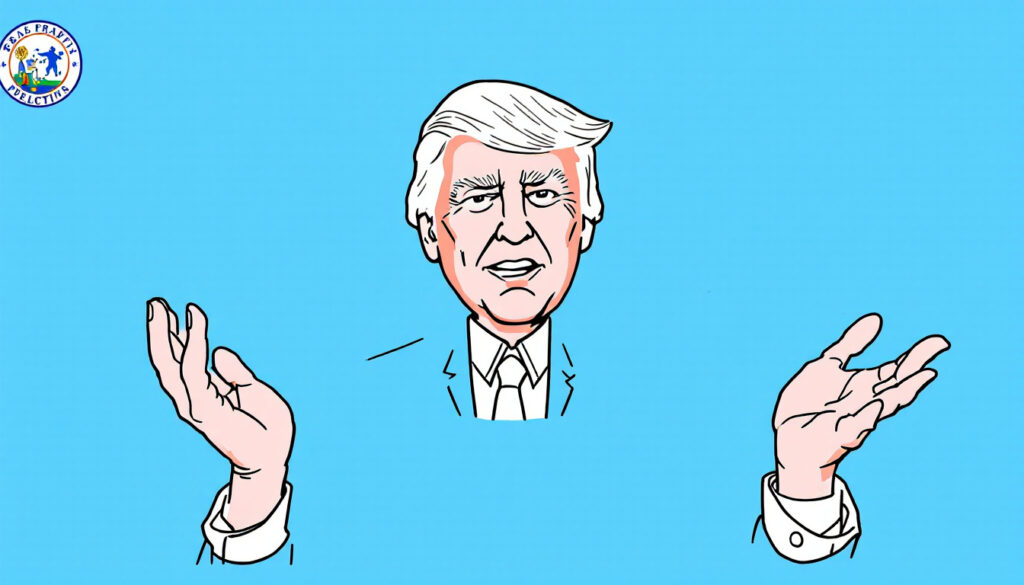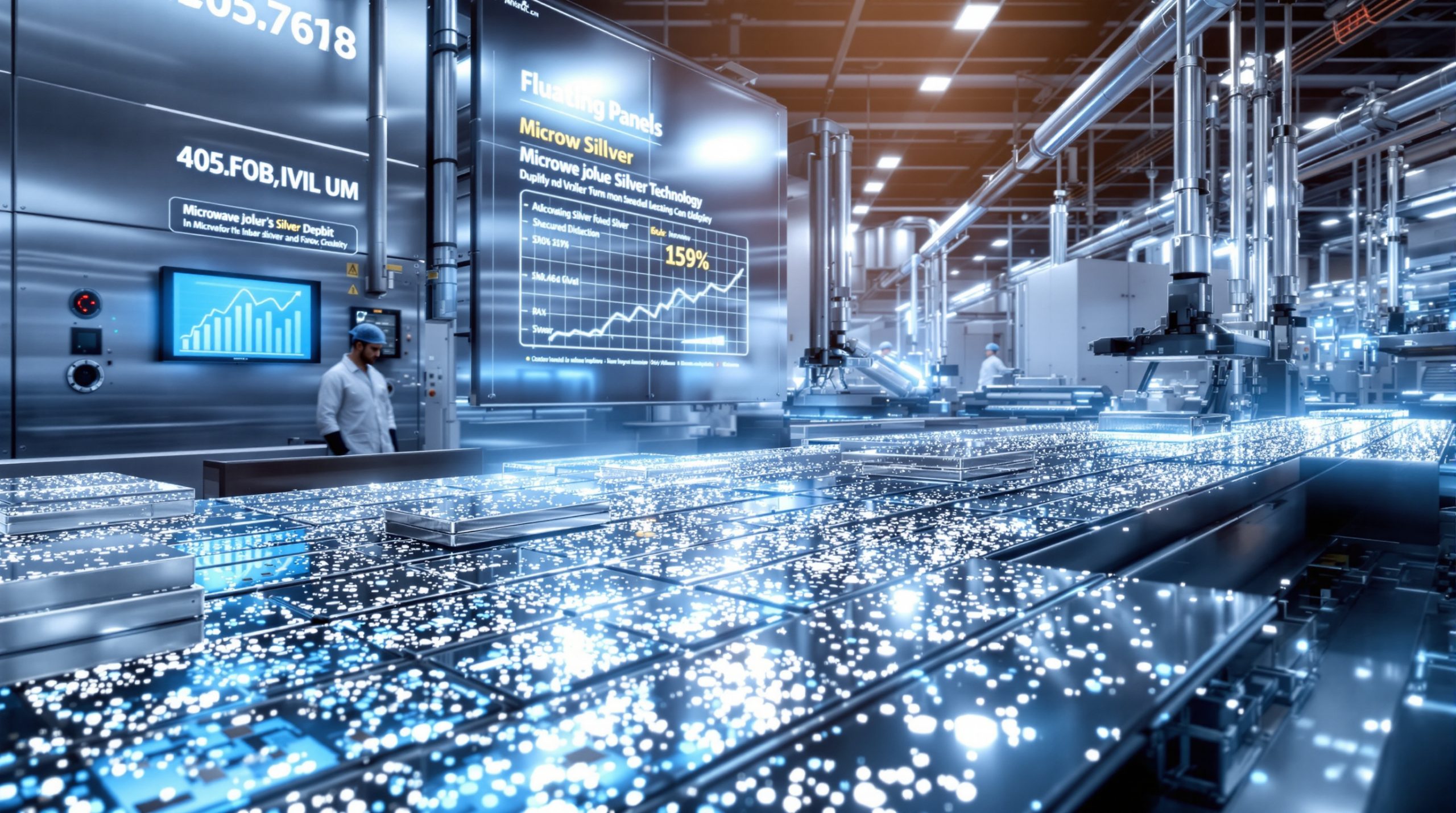Trump's Shifting Stance on Nippon Steel's $14 Billion US Steel Acquisition
The proposed $14 billion acquisition of US Steel by Japan's Nippon Steel represents one of the most contentious foreign investment cases in recent U.S. history, intertwining economic policy, national security concerns, and electoral politics. The deal's trajectory—from its announcement in December 2023 to the ongoing legal and regulatory battles in April 2025—highlights the complex interplay between presidential policymaking, market volatility dynamics, and geopolitical tensions. With US Steel shares trading 23.6% below Nippon's $55-per-share offer price as of April 10, 2025, the uncertainty created by alternating presidential interventions has amplified volatility in the industrial sector while testing the limits of CFIUS's regulatory authority.
What Is the Nippon Steel-US Steel Deal?
Nippon Steel's $14 billion all-cash acquisition bid for US Steel represents a significant move in the global steel industry. The Japanese steel giant offered $55 per share for the 124-year-old American steel company, valuing the iconic producer well above its market price prior to the announcement.
The deal, originally announced in December 2023, would transfer ownership of US Steel from American hands to Japanese control, raising questions about national sovereignty and industrial security.
The $55-per-share offer represented a 40% premium over US Steel's closing price of $39.33 on December 15, 2023, the last trading day before the acquisition announcement.
US Steel's market capitalization stood at $9.2 billion pre-announcement, with Nippon's bid valuing the company at 1.5x its 2023 revenue of $9.3 billion.
The transaction structure includes assumption of $1.4 billion in debt, bringing the total enterprise value to $15.4 billion.
The acquisition proposal includes commitments to maintain US Steel's Pittsburgh headquarters for at least four years, $1.5 billion earmarked for plant modernization, and no immediate workforce reductions per the merger agreement.
How Has Trump's Position on the Deal Changed?
Trump's Initial Opposition
During his 2024 presidential campaign, Trump vocally opposed the Nippon Steel-US Steel deal, aligning himself with the Biden administration's stance against foreign acquisition. This position resonated with his "America First" platform and positioned him as a defender of American industrial assets.
Trump's campaign rhetoric emphasized protecting strategic American companies from foreign takeovers, particularly in sectors considered vital to national security and manufacturing independence.
Recent Policy Shifts
In a significant policy reversal, Trump recently directed the Committee on Foreign Investment in the United States (CFIUS) to conduct a fresh review of the acquisition. Monday's directive suggested a potential openness to the deal that contradicts his previous hardline stance.
However, Trump's latest statement once again muddied the waters: "We don't want to see it go to Japan… We love Japan," creating additional uncertainty around his administration's final position.
A White House official noted that "Everything's always on the table with the president," highlighting the unpredictable nature of Trump's market reshaping policies.
Trump's March 2025 directive marks his third policy shift on the deal: campaign opposition (Sept 2024), post-inauguration neutrality (Jan 2025), and renewed CFIUS review (April 2025).
The United Steelworkers (USW) union, which represents 10,000 US Steel employees across Pennsylvania, Ohio, and Indiana, continues to oppose the deal regardless of Trump's shifting position.
What Impact Has Trump's Uncertainty Had on Markets?
The policy unpredictability surrounding the Trump and Nippon Steel US Steel deal has created significant market volatility. US Steel shares dropped 7% ($3.12) following Trump's latest comments expressing opposition to Japanese ownership, according to recent market reports.
The current trading price of $42.02 remains significantly below Nippon's $55 offer, reflecting investor skepticism about the deal's completion. This gap represents the market's assessment of the increased risk of regulatory blockage.
US Steel's beta coefficient has surged from 1.2 to 1.8 since January 2025, indicating heightened policy sensitivity to political announcements.
Short interest in US Steel reached 18% of float in March 2025, compared to its 5% historical average, as traders bet on deal failure.
Credit default swaps on US Steel debt widened 150 basis points following Trump's April comments, indicating increased perceived risk.
Derivatives market activity shows April $45 put options volume increased 300% on April 10, while 3-month implied volatility spiked to 62% versus the 30% industry average.
The market reaction extends beyond US Steel, with Japan's TOPIX Steel Index down 4.1% year-to-date, demonstrating the international implications of the regulatory uncertainty.
Why Was the Deal Previously Blocked?
Biden Administration's Position
Outgoing President Biden blocked the merger in January 2025, citing national security grounds as the primary justification. Both Biden and Trump (during his campaign) had vowed to block the purchase, creating a rare instance of bipartisan agreement on trade policy.
Biden's blocking order specifically referenced eight US Steel facilities supplying defense contractors, three plants near strategic military bases, and 15% of production capacity serving critical infrastructure projects.
The deal faced opposition across the political spectrum, with concerns about foreign control of a historically significant American industrial company.
Legal Challenges
Following Biden's decision, US Steel and Nippon Steel sued CFIUS, alleging that Biden had prejudiced the committee's review process and violated their right to fair consideration.
The companies claimed that Biden's opposition was politically motivated to win United Steelworkers union support, rather than based on legitimate national security concerns.
Stanford law professor Michael McConnell noted: "The national security argument stretches legal boundaries. US Steel produces only 2% of military-grade steel—far below critical supplier thresholds in CFIUS guidelines."
The legal challenges timeline includes a complaint filed on February 1, 2025, a motion for preliminary injunction denied on March 15, and an appeal currently pending in the 3rd Circuit Court.
What's the Current Status of the Deal?
Legal Proceedings
The Trump administration has filed a motion to extend deadlines in the lawsuit, requesting more time to continue merger discussions. This procedural move signals potential flexibility in the administration's approach.
The companies and the administration have jointly asked the appeals court to pause litigation until June 5, suggesting that negotiations are ongoing behind the scenes.
CFIUS is conducting a new review that could "fully resolve" the companies' claims, though the parameters of this review have not been fully disclosed.
Extended litigation deadlines include the government's response due May 1, oral arguments scheduled for May 15, and final briefs due June 1.
Stakeholder Positions
The United Steelworkers union remains staunchly opposed to foreign acquisition, citing concerns about job security and the long-term commitment to American manufacturing.
The deal is particularly sensitive in Pennsylvania, a political battleground state where US Steel is headquartered, adding a significant electoral dimension to any decision.
Union pension fund exposure includes $2.8 billion in US Steel securities, creating financial stakes beyond employment considerations.
The companies continue to argue that the deal would strengthen the US steel industry through technological upgrades and capital investment, positioning American steel production for greater global competitiveness.
How Does This Fit Into Trump's Broader Trade Policy?
Pattern of Policy Reversals
Trump's uncertainty regarding the Nippon Steel-US Steel deal mirrors similar policy reversals seen with recent tariff decisions. After initially imposing heavy tariffs on major world economies, the administration subsequently reversed course following market selloffs and public pressure.
Business executives report that this policy unpredictability has "clogged dealmaking and business activity" across multiple sectors, creating a challenging environment for long-term investment planning.
Steel industry metrics under Trump's first term included 25% tariffs imposed in March 2018, a 12% capacity utilization increase from 2017-2019, and 15,000 jobs created according to Commerce Department data.
The 2025 tariff policy reversals include EU aluminum duties suspended on April 2 and China EV tariffs reduced from 50% to 30%.
National Security vs. Economic Considerations
There is clear tension between protecting strategic industries and encouraging investment. While the "America First" doctrine emphasizes domestic control of key sectors, foreign direct investment remains crucial for maintaining manufacturing competitiveness.
The Nippon Steel-US Steel deal represents significant foreign direct investment in US manufacturing at a time when modernization of aging industrial infrastructure is increasingly urgent.
The U.S. Chamber of Commerce VP John Murphy observed: "The administration's ad hoc approach creates compliance nightmares. Exporters report 20% increased legal costs for tariff mitigation strategies."
The debate centers on critical infrastructure and supply chain security, particularly given geopolitical tensions with China and other steel-producing nations.
Balancing "America First" policies with international business relationships presents a continuing challenge, especially when Japanese investment ($575 billion to date) has traditionally been viewed as aligned with US strategic interests.
FAQs About the Nippon Steel-US Steel Deal
What is the current offer price for US Steel?
Nippon Steel's offer stands at $55 per share in an all-cash transaction, valuing the company at approximately $14 billion. This represents a 30.8% premium to the April 10 closing price of $42.02. The all-cash structure avoids dilution concerns but depends on yen-dollar exchange stability.
Why is this deal politically sensitive?
The acquisition involves a historic American company with strategic importance, headquartered in Pennsylvania with its 19 electoral votes. US Steel's 124-year history as a symbol of American industrialization creates unique pressures, while the United Steelworkers' 1.2 million members amplify labor's influence in swing states.
What happens next in the review process?
CFIUS is conducting a fresh review of the deal until June 5, 2025, which could potentially resolve the legal challenges brought by the companies against the government. Possible outcomes include unconditional approval, a mitigation agreement requiring asset divestitures, or a presidential veto under IEEPA authorities.
How might the deal affect US steel workers?
Union concerns center on potential benefit reductions despite no layoff clauses, technology-driven productivity gains reducing long-term headcount, and the precedent from Nippon's 2014 acquisition of ThyssenKrupp Alabama. Job security and working conditions under foreign ownership remain central concerns for the United Steelworkers union.
What precedent might this set for foreign acquisitions of US companies?
The final decision could signal how the Trump administration will balance "America First" policies against international investment opportunities in strategic sectors. A blocked deal could chill Japanese FDI in U.S. manufacturing, encourage "white knight" bids from domestic competitors, and accelerate Congressional CFIUS reform efforts.
This comprehensive analysis demonstrates the multifaceted implications of Nippon Steel's proposed acquisition of US Steel, situated at the intersection of geopolitical investor strategies and global commodities insights. The final resolution will likely hinge on balancing economic pragmatism against electoral calculus as both parties vie for Midwestern votes in the 2026 midterms. For investors considering positions in this sector, understanding the difference between investing vs speculating becomes especially crucial given the heightened uncertainty.
Want to Discover the Next Major Mining Opportunity?
Stay ahead of the market with Discovery Alert's proprietary Discovery IQ model, which instantly identifies significant ASX mineral discoveries and transforms complex data into actionable investment insights. Begin your 30-day free trial today at Discovery Alert and position yourself for potential substantial returns.




